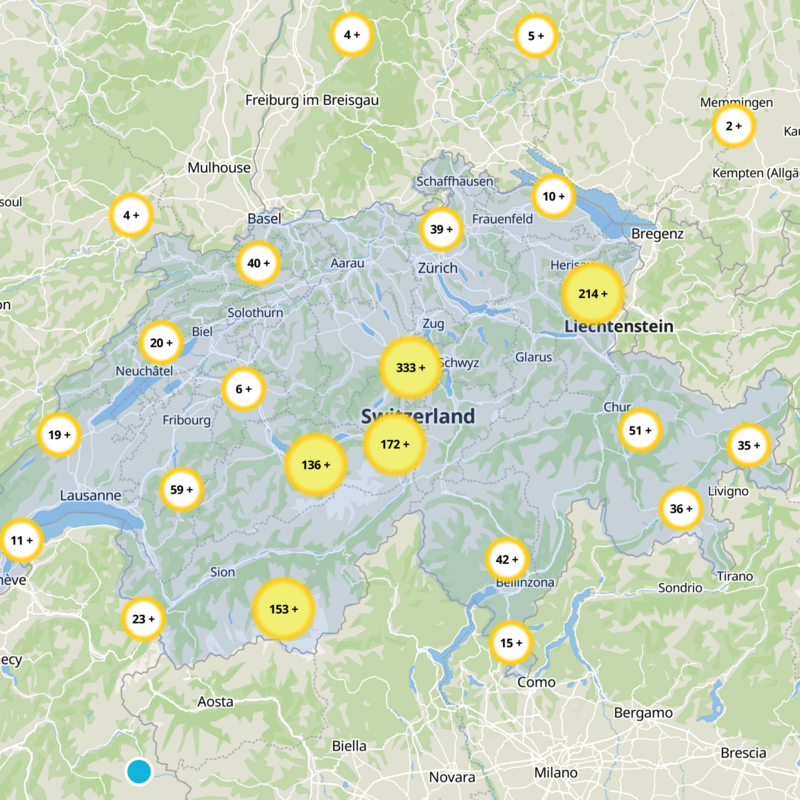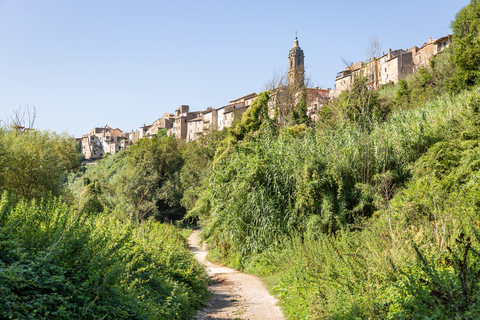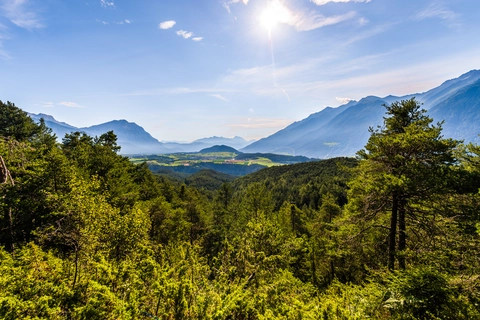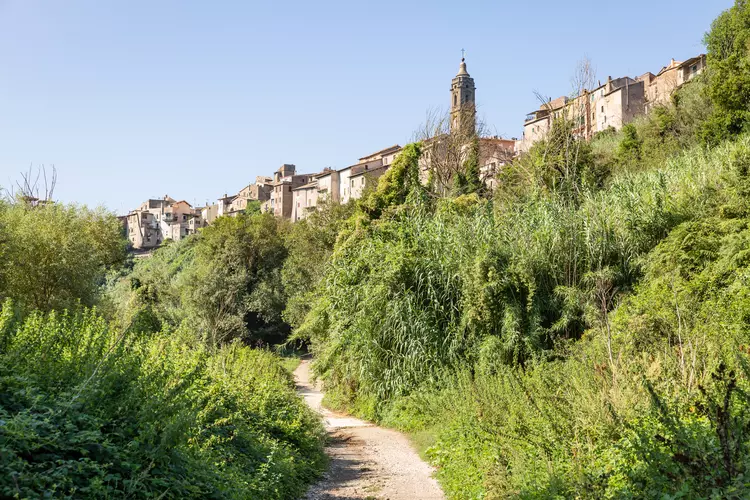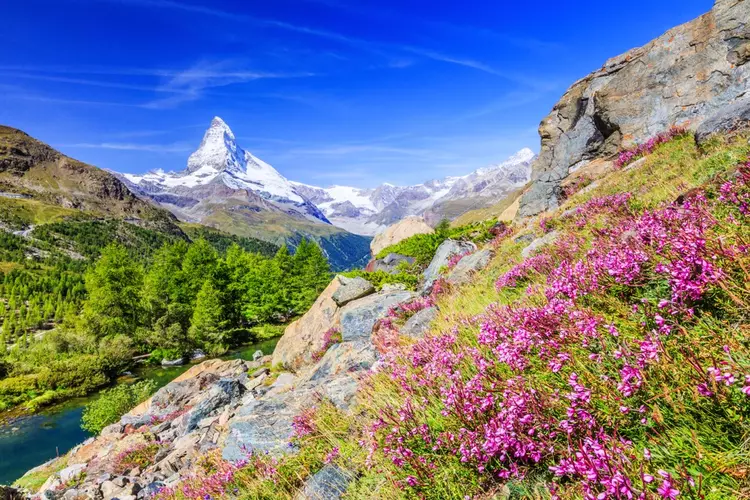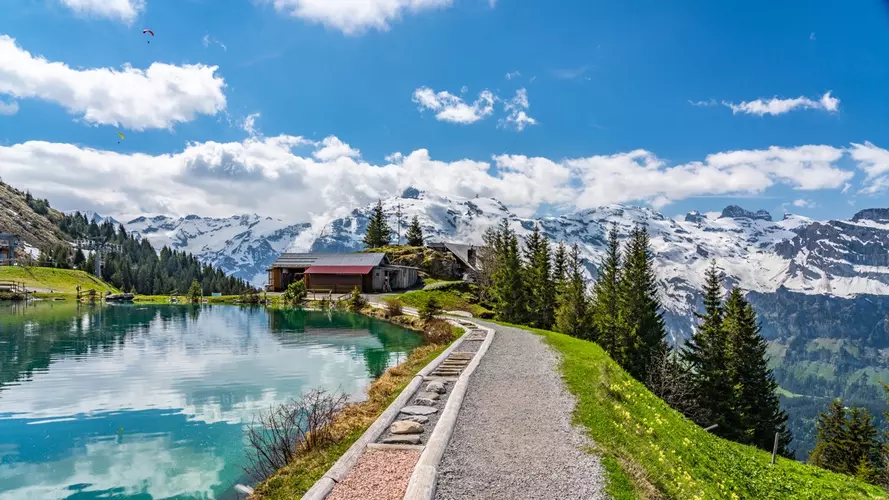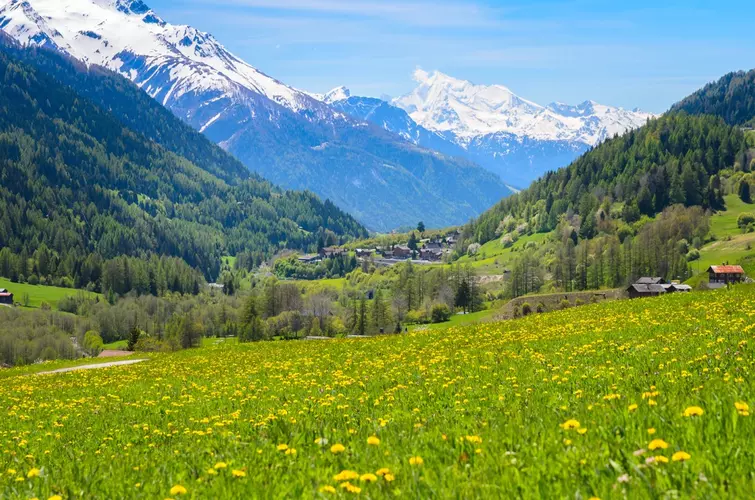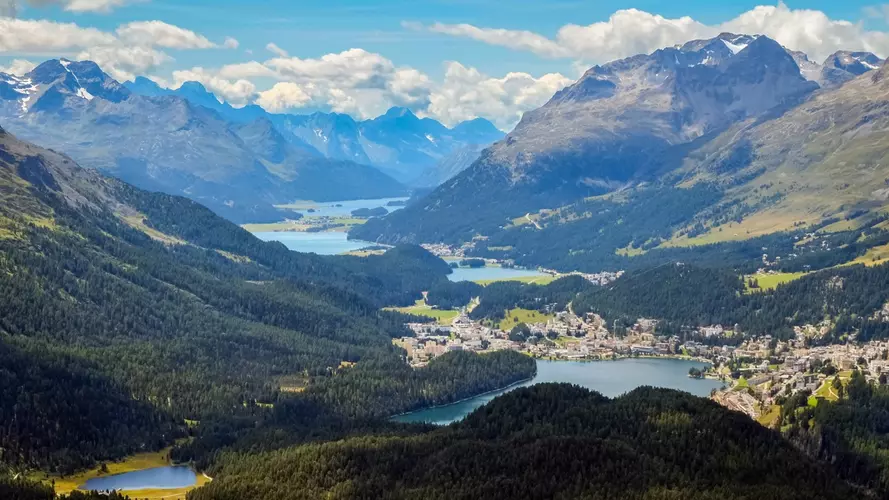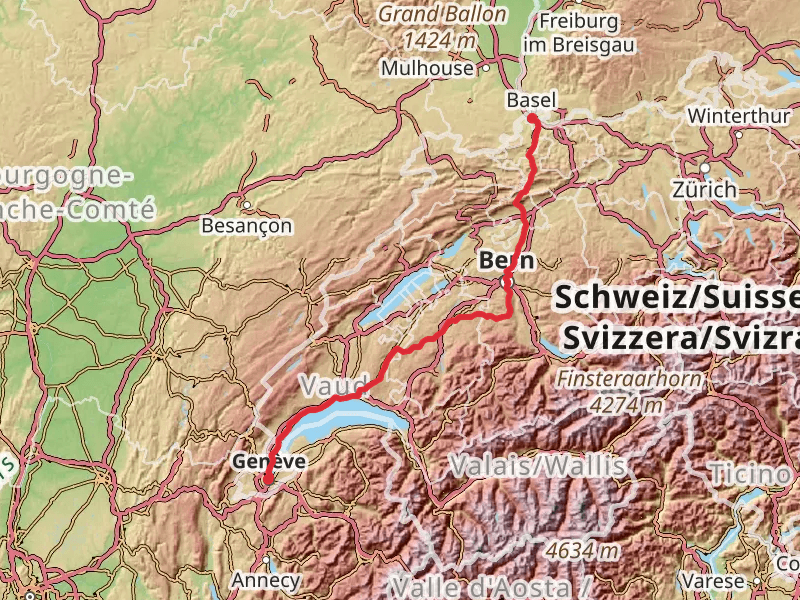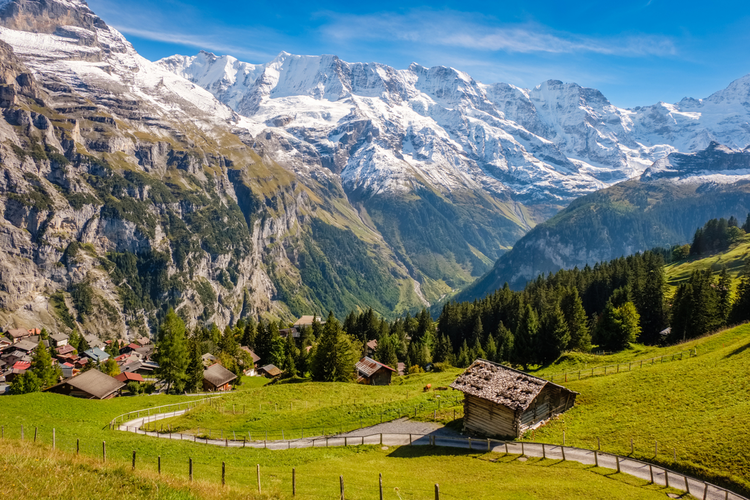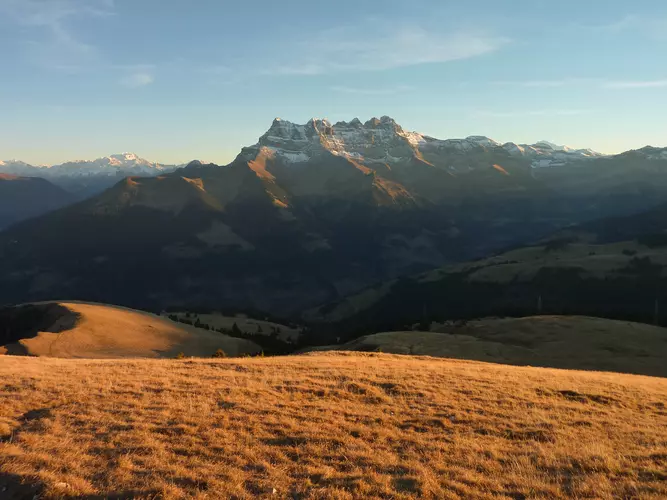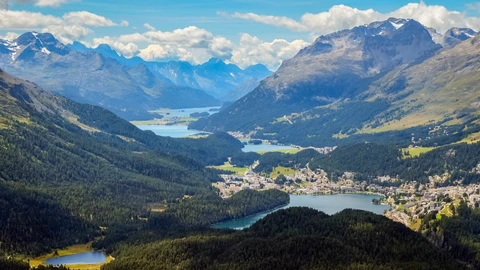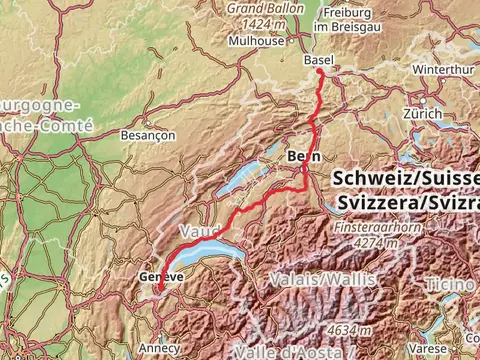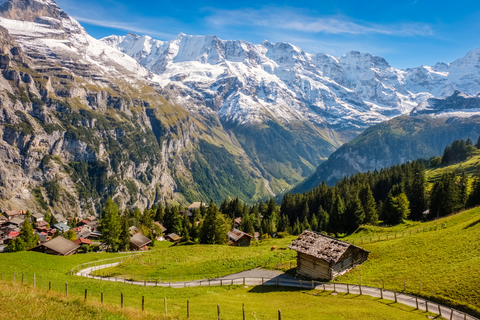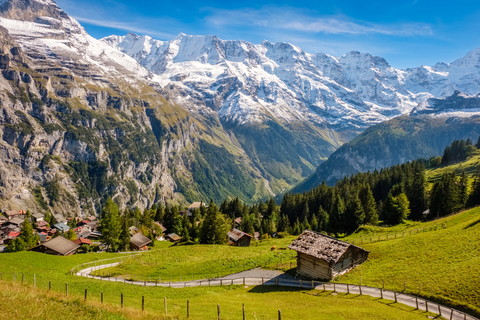"Switzerland enchants adventurers with its awe-inspiring alpine trails, serene lakes, and charming village vistas."
Switzerland, a hiker's paradise, offers breathtaking trails that weave through majestic Alps, serene lakes, and charming villages. Imagine trekking the iconic Eiger Trail, where every step reveals stunning vistas of snow-capped peaks and lush valleys. Discover the tranquility of the Swiss National Park, home to diverse wildlife and pristine landscapes. Whether you're scaling the heights of the Matterhorn or strolling through the picturesque Lauterbrunnen Valley, Switzerland promises an unforgettable adventure.
Most popular hikes
FAQs about hiking in Switzerland




https://www.eda.admin.ch/deza/en/home/sdc/activities/humanitarian-aid/operational-resources/swiss-rescue.html


